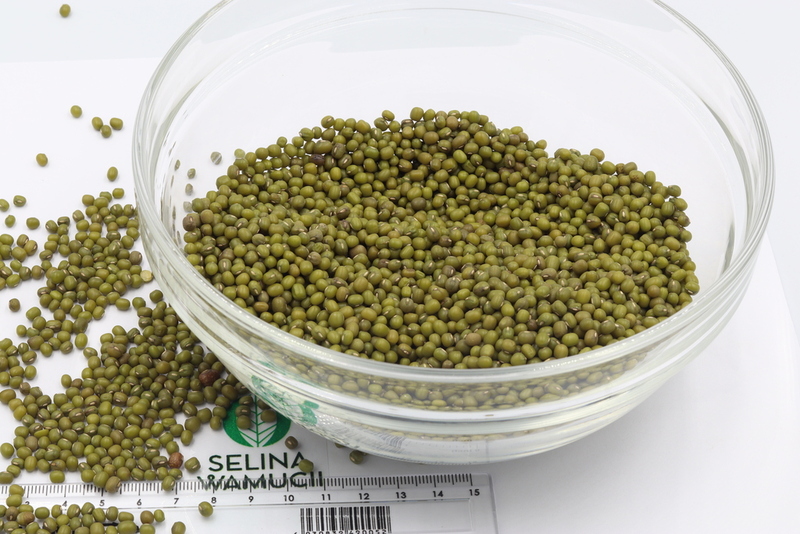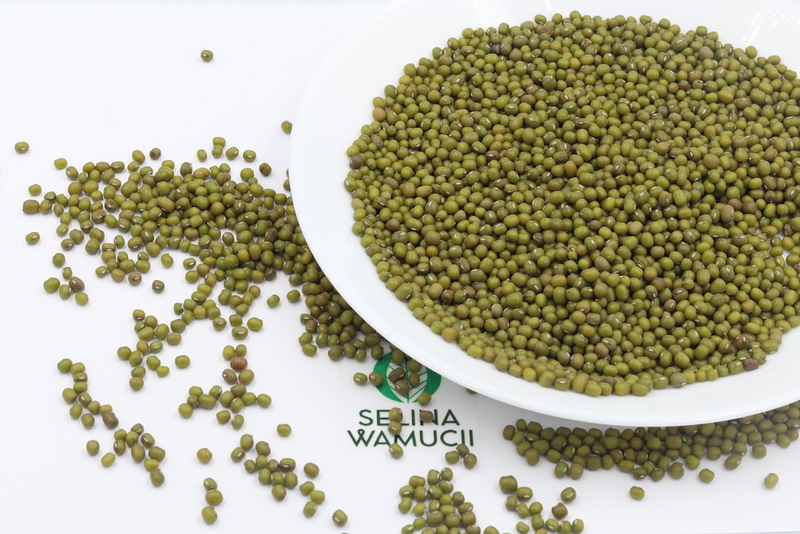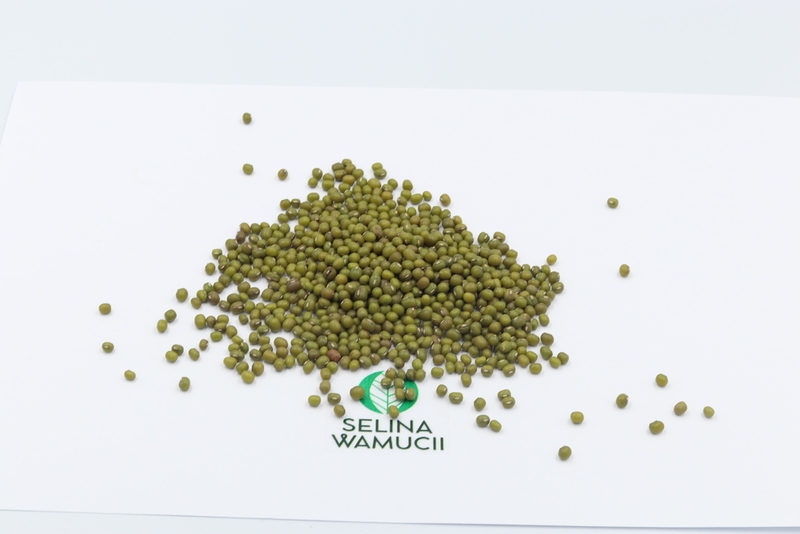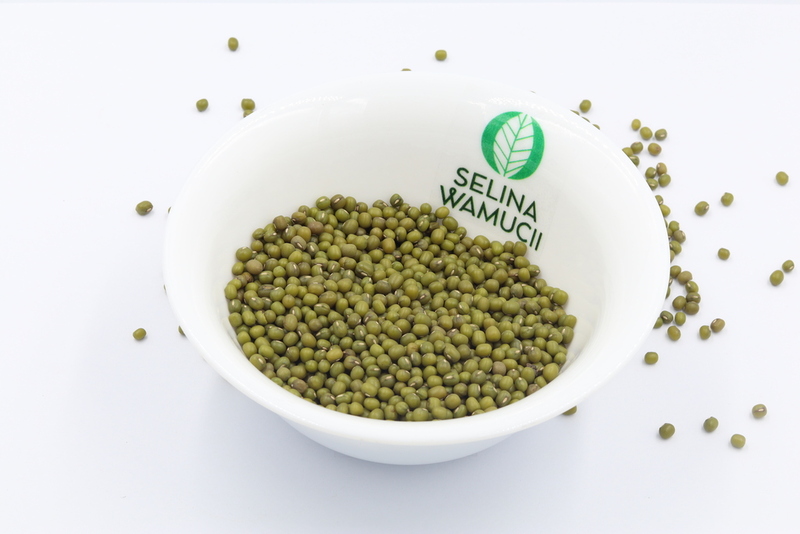Buy Ethiopia Mung Beans Directly From Exporters & Suppliers - Best of 2024 Market Prices
Get Instant QuoteThe Ethiopia mung beans (Vigna radiate) is a legume also known as green grams is grown for both local consumption and economic purposes. Like any other legume, it has a climbing vine that has yellow flowers with a fuzzy brown pod where the green grams are in. Locally, it is commonly consumed as a stew together with the chicken berebere. It is also a common cuisine across Asia.
The mung bean was first domesticated in Iran and by about 3500 years ago, the mung bean was widely spread throughout India. With time, they spread to China and South East Asia. They came to Africa first in the Pemba islands during the Swahili trade around the 9th and 10th century.
Green grams are packed with vitamins, mineral, proteins and fiber. Sprouted mung beans have fewer calories but have high anti-oxidants as well as amino-acids which aids in reducing chronic disease levels such as heart diseases, diabetes etc.
The Ethiopian Commodity Exchange installed it as the 6th commodity in to be traded on its floors 2014 and since then, it gained popularity with smallholder farmers as that created a ready market. The country since then has exported millions of tons of beans annually with their figures continuously rising. According to the ministry of trade, the green grams have a high demand in UAE, Belgium, India and Indonesia despite that, Ethiopia still exports to its immediate neighbors.
In Ethiopia, the green grams do well in the lowland areas. This is because they require 6-8 hours of sunlight per day, and thrive in well-drained areas hence loam-sandy soils and a ph. of 6-7. Although they don’t need much water, they need to be watered during the blooming period to avoid disappointing yield.
We source our green grams from Debre Sina, North Shona Zone, and in the south wollo zone, we get them in Qallu. Currently, they’re also being grown in the Oromia and Benishangul Gumuz regions. We deal with smallholder farmers who cultivate their crops in farms less than two acres. Such can take care of their crops using farm manure instead of chemical sprays and because of this; they gain a competitive advantage in the international market.
The green grams take about 90 to 120 days from the planting date to hit maturity and this is when they’re harvested. Only the mature ones are harvested and one can tell the difference when the pod starts turning brown and sort of hard from drying. Our picking process involves glove-clad workers who either uproot the entire plant or snap each dried pod off the plant. In the latter case, the team carefully lifts the pod and twists it out of the stem while taking care not to spill the seeds.
The mung beans are then dried immediately after the picking process. They are spread flat so that each pod is exposed to sunlight. This way, it will be easy to shell the grams by hand means after they’re well dried.
They’re then sorted and packed while they’re still fresh. We ensure that they are free from weevil, insects and infestations. We ensure that there are minimal splits and free from foreign matter. We maintain the moisture content of 13% maximum. Our basic produce boxes’ weight measure is 6.8 kilograms or 15 pounds. We also have an intermediate weight capacity of 12 kilograms and the heaviest one of 14 kilograms. We use different but suitable materials including crates, cartons and custom baskets as packing containers. We finalize the process by labeling the product with such details as its name, its net weight, the country of origin and the packing date.
If you’re in need of Ethiopia’s mung beans, order from us today.
Get Instant Quote
Are you a producer of Ethiopia Mung Beans or other products?
Sign up today for FREE to buy or sell Ethiopia Mung Beans.





